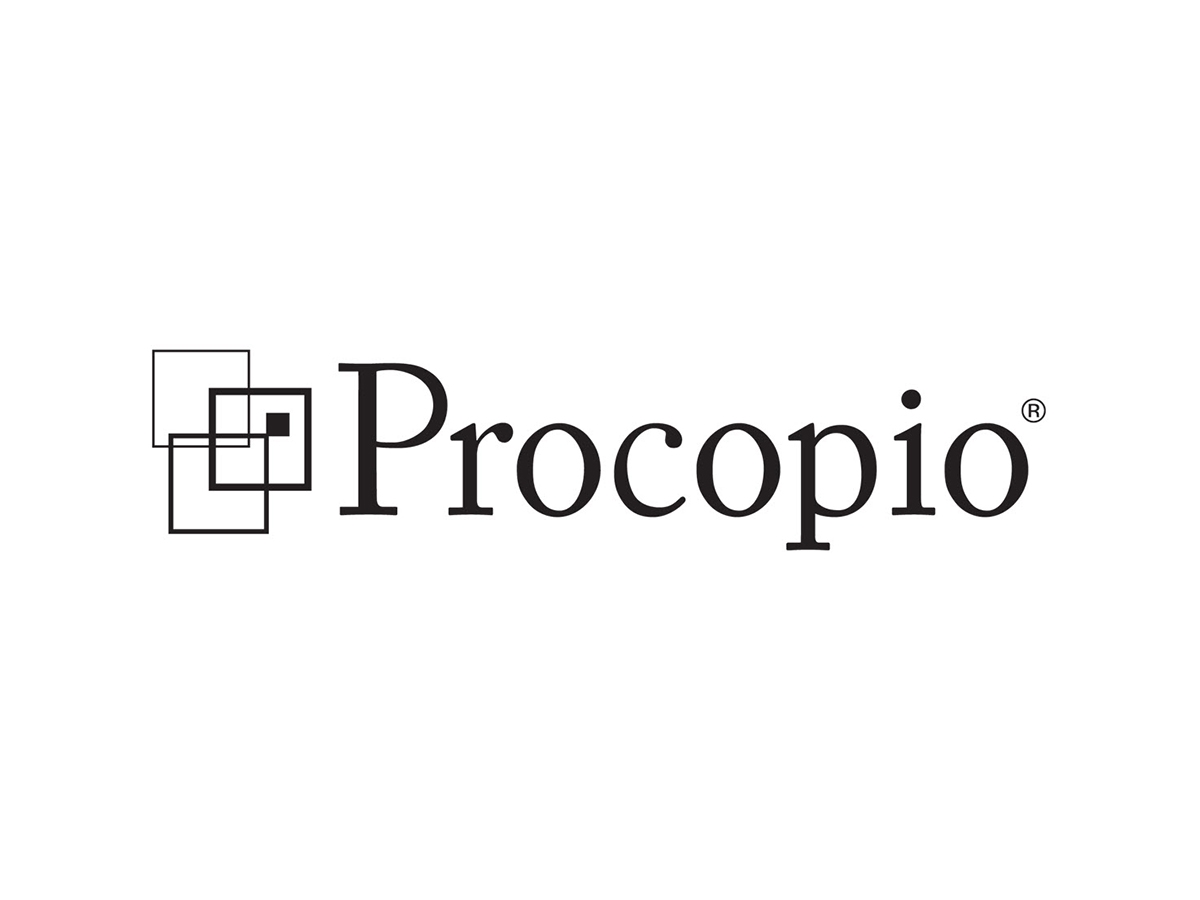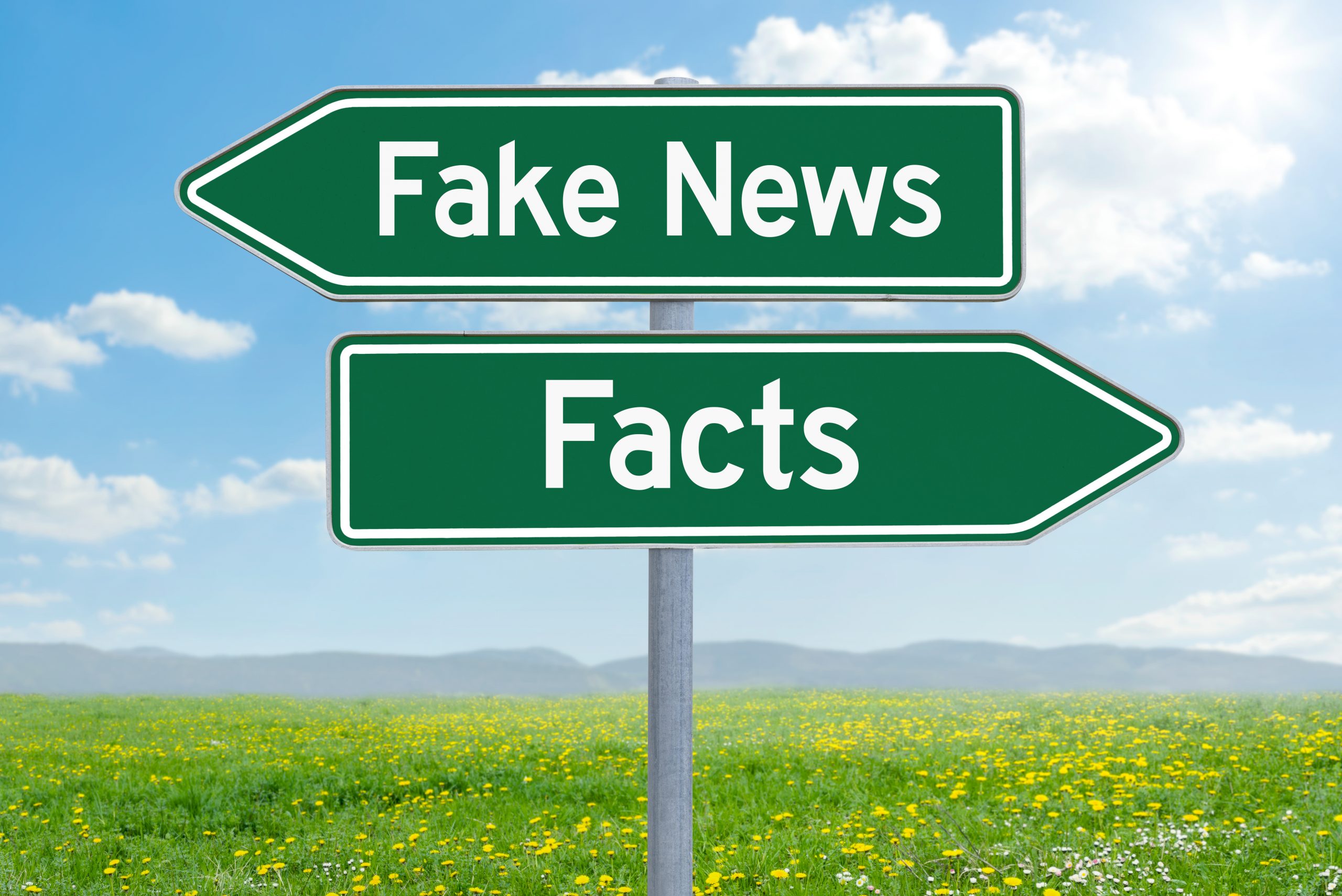Artificial Intelligence the Focus of New USPTO Patent Examiner Guidance | Procopio, Cory, Hargreaves & Savitch LLP
The burgeoning artificial intelligence (AI) sector received a boost late last year with President Biden’s “Executive Order on the Safe, Secure, and Trustworthy Development and Use of Artificial Intelligence.” It directed the U.S. Patent and Trademark Office (USPTO) to “publish guidance to USPTO patent examiners and applicants addressing inventorship and the use of AI, including generative AI, in the inventive process,” as part of a set of policies and principles focused on “[p]romoting responsible innovation, competition, and collaboration will allow the United States to lead in AI and unlock the technology’s potential to solve some of society’s most difficult challenges.”
Given the explosive growth in AI and ongoing debates relative to intellectual property rights surrounding AI-generated output, the USPTO’s response was greatly anticipated. Now the agency has issued examiner guidance in response to the President’s executive order that may have a positive outcome on the patentability of some AI-based inventions.
The USPTO Guidance
While the USPTO’s prior determination that AI cannot itself be an inventor has been upheld as described below, the new guidance does make clear that inventions that involve AI, including generative AI can be patented: determination of inventorship for AI-assisted inventions needs to focus on human contribution. To assist determining proper inventorship, according to the new guidance, the USPTO offered a “non-exhaustive list of principles that can help inform the application of the Pannu factors in AI-assisted inventions:”
- A natural person’s use of an AI system in creating an AI-assisted invention does not negate the person’s contributions as an inventor. The natural person can be listed as the inventor or joint inventor if the natural person contributes significantly to the AI-assisted invention.
- Merely recognizing a problem or having a general goal or research plan to pursue does not rise to the level of conception. A natural person who only presents a problem to an AI system may not be a proper inventor or joint inventor of an invention identified from the output of the AI system. However, a significant contribution could be shown by the way the person constructs the prompt in view of a specific problem to elicit a particular solution from the AI system.
- Reducing an invention to practice alone is not a significant contribution that rises to the level of inventorship. Therefore, a natural person who merely recognizes and appreciates the output of an AI system as an invention, particularly when the properties and utility of the output are apparent to those of ordinary skill, is not necessarily an inventor. However, a person who takes the output of an AI system and makes a significant contribution to the output to create an invention may be a proper inventor. Alternatively, in certain situations, a person who conducts a successful experiment using the AI system’s output could demonstrate that the person provided a significant contribution to the invention even if that person is unable to establish conception until the invention has been reduced to practice.
- A natural person who develops an essential building block from which the claimed invention is derived may be considered to have provided a significant contribution to the conception of the claimed invention even though the person was not present for or a participant in each activity that led to the conception of the claimed invention. In some situations, the natural person(s) who designs, builds, or trains an AI system in view of a specific problem to elicit a particular solution could be an inventor, where the designing, building, or training of the AI system is a significant contribution to the invention created with the AI system.
- Maintaining “intellectual domination” over an AI system does not, on its own, make a person an inventor of any inventions created through the use of the AI system. Therefore, a person simply owning or overseeing an AI system that is used in the creation of an invention, without providing a significant contribution to the conception of the invention, does not make that person an inventor.
The guidance indicated that it applies equally to utility, design, and plant patents and patent applications. Furthermore, the guidance provided that while “[d]etermining whether a natural person’s contribution in AI-assisted inventions is significant may be difficult to ascertain, … there is no bright-line test.”
Although the guidance aims to promote consistent analysis and treatment of the determination of inventorship for AI-assisted inventions and its impact on patentability by the public and USPTO employees, “it does not have the force and effect of law.”
The Thaler v. Vidal Decision
Recent USPTO decisions regarding inventorship, later upheld in U.S. District Court, signaled that under the current reading of U.S. patent laws, inventorship is limited to natural persons. On appeal, in Thaler v. Vidal (Thaler), the Federal Circuit affirmed, holding “only a natural person can be an inventor, so AI cannot be.” Reasoning that when the term “individual” is used in statutes, it ordinarily means a human being, and in the Patent Act, language supports the conclusion that an “individual” means a natural person. Thus, the court found that because an “individual” must mean a natural person, by extension, an inventor or joint inventor must be a natural person, and therefore, patent applications naming a machine as an inventor or joint inventor are considered to have “improper inventorship.”
Importantly, while Thaler provided that inventorship is limited to natural persons, the guidance indicates that where a natural person significantly contributes to the claims of an invention created with the assistance of AI, the assistance by an AI system does not preclude the natural person from qualifying as an inventor.
Conclusion
Artificial Intelligence systems, including generative AI, continue to play a greater role in innovation and technological processes. In view of the new USPTO guidance, in some cases there may be a path to patentability for AI-assisted inventions.






